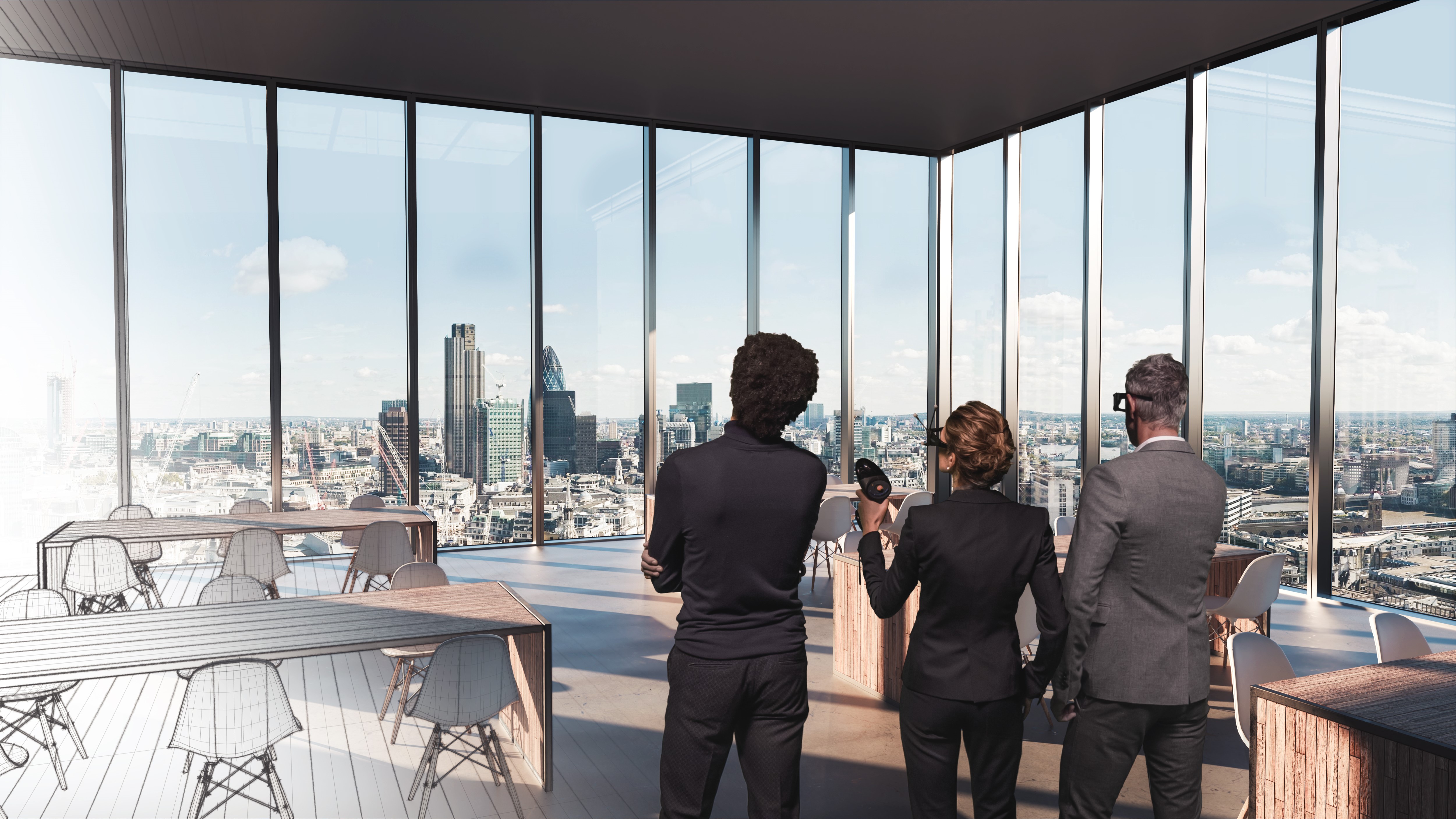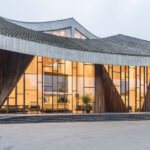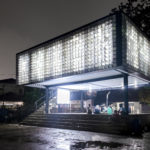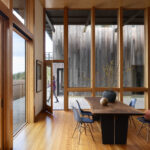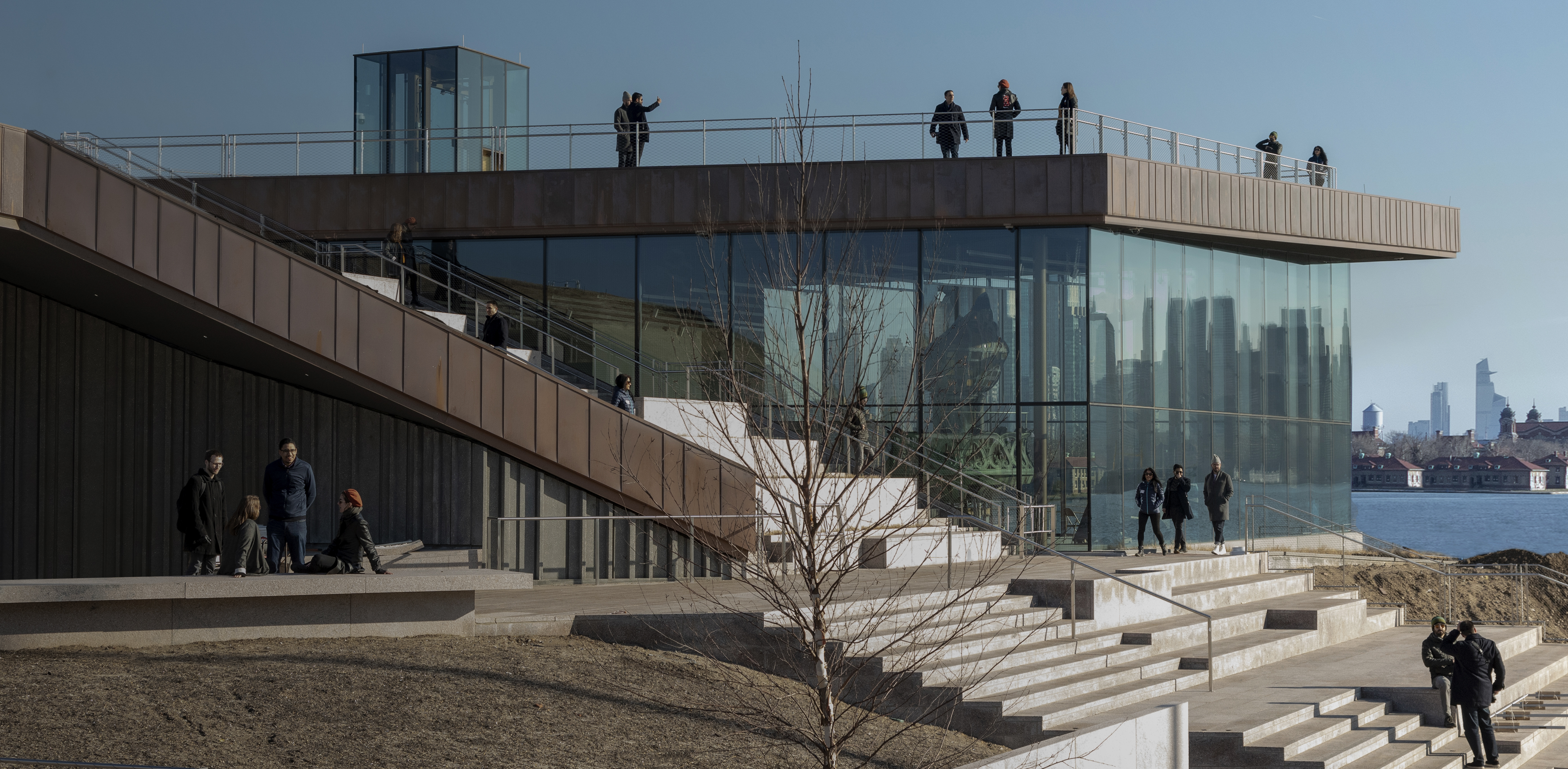To a certain extent, virtual reality is already a staple in the architecture profession. In large offices, and some innovative smaller ones, a semi-portable VR rig with headset, handsets and sensors has been a common sight for the last year or two. Seeing them in use, however, is less common, as they’re often confined to special demonstrations and not an integral part of the design process.
But what if an architect’s VR experience occurred in a purpose-built room where participants immersed themselves in a 1-to-1 projection of the firm’s own design software, viewed through standard-size eyeglasses? This is exactly what pioneering company Reynaers Aluminium made for its Experience Center in Belgium, the center where they showcase the possibilities of their wide product range for windows, doors and façades. It’s a fascinating example of the direction VR technology for architects is
likely headed.
Reynaers collaborates with architects, clients, investors, and builders throughout a project’s lifecycle, delivering architecturally-sound windows that are as stunning as they are energy efficient. With more than 40 offices worldwide, the company not only creates high-end aluminum framing but also immerses itself in realizing the client’s vision. This is where VR comes in.
Dubbed “AVALON”, Reynaers Aluminium’s VR room is a five-sided projection room with 25 high-resolution laser projectors concealed in its walls. Wearing active 3D glasses that create a stereoscopic image within the space, up to eight people can simultaneously inhabit the same model. This unique setup allows architects, clients and contractors to make seemingly in-situ design decisions about their buildings long before construction starts.
The key to this technology is the use of eyeglasses instead of a head mounted display, which until now has been a ubiquitous aspect of virtual reality displays. Headsets have never been practical for group work because they’re often cumbersome to wear and physically isolating, skewing one’s sense of inertia at best, causing participants to run into each other at worst.
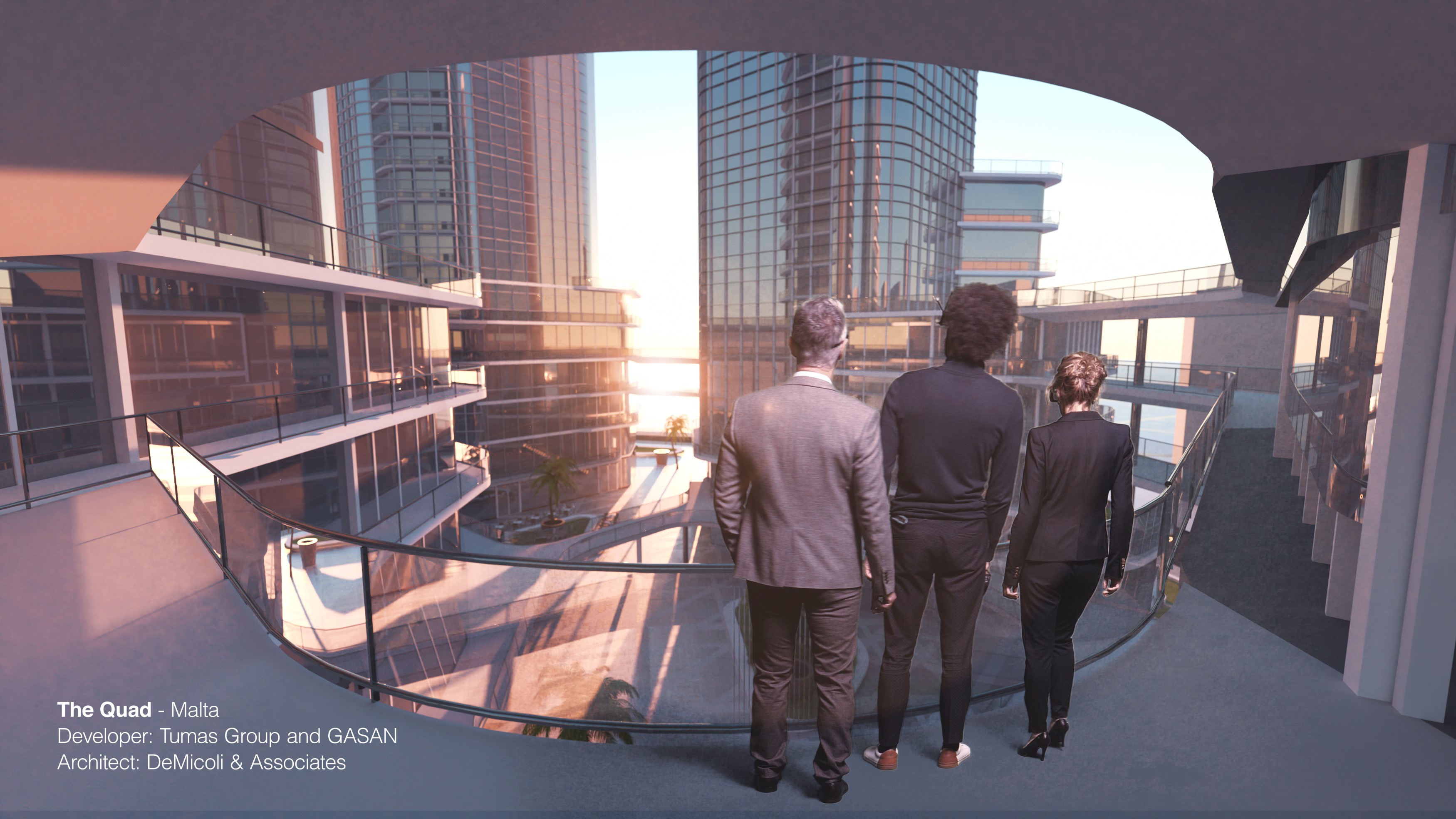
The AVALON setup relies on active 3D glasses with transparent lenses to view virtual images, letting users see each other as well as the projection. The glasses wirelessly track participants’ movements, coordinating everyone’s view so they appear to interact with the same model at different angles.
While the thought of utilizing Star Trek’s holodeck to design buildings might seem tantalizing, that sort of fantasy tends to break down when one considers exactly how they might accomplish their work with it. What’s notable about AVALON is that it simply adapts today’s common architectural software to become life-size in VR, operated as it would on a desktop or laptop, with some additional hand controls to enhance the experience.

An indicator of just how advanced VR technology already is, AVALON employs a dedicated “middleware” software of its own to convert nearly any popular design program into one with a three-dimensional interface. Revit, Archicad, SketchUp, Navisworks and Unreal Engine are just some of the programs AVALON uses in VR without relying on an additional interface.
This approach is surprisingly intuitive when most design software is inherently three-dimensional but typically viewed on a monitor. Working within the AVALON VR room with all major project participants is not only engaging and novel, but can condense months of back-and-forth decision making into a single day.
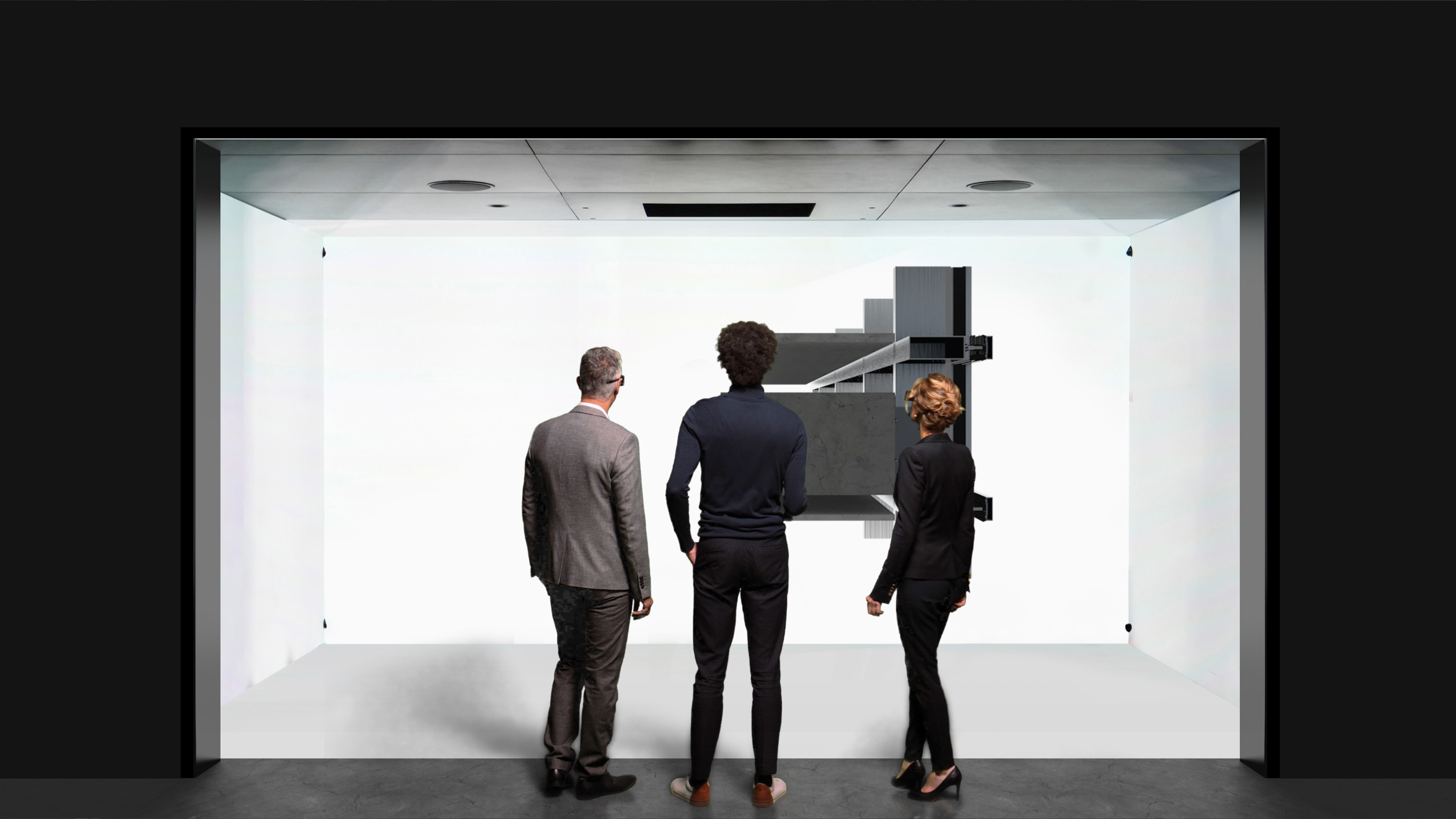
For anyone able to visit Reynaers Aluminium’s Experience Center in Belgium, the company has opened AVALON for booking by architects and other related professionals to use. As a preview for what might one day be an essential component of architects’ offices around the globe, many project teams have already used AVALON for a range of typical design tasks.
The AVALON VR room can easily be used for early-phase spatial modeling and walkthroughs, imparting a sense of scale, material and spatial logistics to clients and future users. Technical modeling can be especially useful as a building’s design comes together, with AVALON allowing designers to resolve systems clashes with contractors or run lighting and thermal simulations with consultants. Fully rendered, high quality models can be valuable for obtaining final sign-offs, and later used by clients as promotional or fund-raising tools.

In terms of adapting to current practice, the fact that a VR room like AVALON is managed by a dedicated operator means there’s no training needed for staff to use it. Anyone in an architect’s office, from interns to principals, can simply walk in and conduct their typical work with the operator’s assistance, ensuring such a sophisticated setup will be used to its full potential.
While it’s too early to tell if VR rooms will become an integral part of architectural design, AVALON is an exciting leap forward in this technology’s capabilities for designers. If architects embrace such a practical tool as this, it will only become better, cheaper and more accessible over time.
All images via Reynaers
